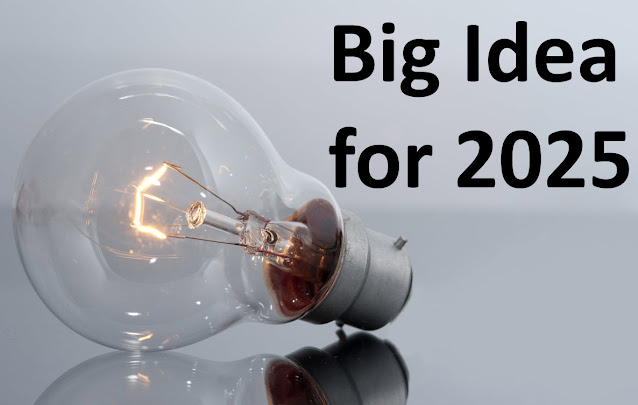Mindful Machines
The paper, Society of Minds: The Architecture of Mindful Machines, proposes a new architectural paradigm for building what they call Mindful Machines. The paper says that the architecture addresses the core limitations of today's AI which include opacity, brittleness, and misalignment with human values.
Fundamentally, the objective of Mindful Machines is to turn machines that compute into machines that comprehend.
The paper provides this definition of a mind: “A mind is a coherent module with reasoning, memory, and self-regulation, unlike an agent, which may only perform tasks.”
Imagine a human and an artificial mind interacting within a single common ecosystem. That common ecosystem creates a shared conceptualization and has theories, knowledge, reasoning, governance (i.e. curation, checks and balances, scrutiny). Knowledge is discernable because it is clearly specified. Knowledge is testable so that agreement can be confirmed. Knowledge is extensible, elastic. There are guardrails or "bumpers" associated with that extensibility/elasticity that keep both the machine and human within boundaries. Knowledge is represented in a form that is understandable by a machine-based process but then from that computer-based representation, a human understandable representation can also be generated. Why? Humans need to confirm that the machine-based representation is complete, consistent (e.g. free from contradictions), precise and accurate (e.g. properly reflects the beliefs of the community). Two different representations (one for machines, a different one for humans) can result in inconsistencies.
Computers are dumb beasts. Yes; computers can store, retrieve, process, and make information instantly accessible. However to tame those dumb beasts, there are obstacles to be overcome. Business professional idiosyncrasies (i.e. saying the same thing in different ways) and technical professional idiosyncrasies (i.e. implementing the same thing in different ways) need to be overcome. Inconsistent subject domain understanding by business professionals, sometimes unknowingly; limitations of technology in expressing that subject domain knowledge. If these obstacles can be overcome; then what appears to be magic can occur. The result can be a virtuous cycle.
But we all know that there is no magic; just hard work. Someone or some group needs to create the theories and the subject domain knowledge necessary for a community of practitioners. That serves as the "digital DNA" that explains how things work. And, someone or some group will need to build the software to make things work that way for the magic to occur.
Additional Information:
- Computers are Dumb Beasts
- Mindful Machines Research
- General Theory of Information and Mindful Machines
- Mark Burgin’s Legacy: The General Theory of Information, the Digital Genome, and the Future of Machine Intelligence
- General Theory of Information: The Bridge to Mindful Machines
- Accounting Oracle Machine Working Prototype




Comments
Post a Comment